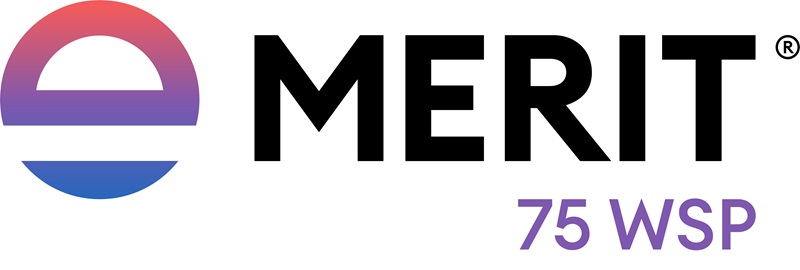Billbug
Many superintendents confuse billbug damage with symptoms of drought stress, diseases such as dollar spot or brown patch, or injury from white grubs.
The Problem
Billbugs are among the most misdiagnosed pests of turfgrass. Many superintendents confuse billbug damage with symptoms of drought stress, diseases such as dollar spot or brown patch, or injury from white grubs. Several species of billbugs are major pests of golf courses in the United States.
Two species of billbugs are widespread in North America. The bluegrass billbug (Sphenophorus parvulus) attacks cool-season grasses in the northern half of the United States and southern Canada, from the east coast to Washington and Utah. The hunting billbug (Sphenophorus venatus vestitus) damages turf in the transition zone and throughout the southern states. Two other species, the Phoenix billbug (Sphenophorus phoeniciensis) and Denver, or Rocky Mountain, billbug (Sphenophorus cicatristriatus) are occasional pests in more isolated geographic regions. Phoenix billbugs attack bermudagrass and zoysiagrass in the Southwestern U.S., while Denver billbugs infest cool-season grasses in the Rocky Mountain and northern Great Plains regions.
What To Look For
Billbug damage can appear in cool-season turf from late June through August and damage is most severe during summer drought stress. Damage can appear almost year-long in warm-season turf with most damage seen when turf growth slows in the fall. Light infestations often produce small dead spots similar to dollar spot, turning a whitishstraw color. Sometimes the damage appears as irregular mottling or browning in the turf. To confirm damage, grasp suspected turf and pull upward. If the stems break easily at ground level, and the stems are hollowed out or are full of packed sawdust-like material, billbugs are the problem.
Depending on location, adults and or larvae may be present throughout the winter in southern regions and overwintering adults are found in thatch, cracks and crevices in the soil, worm holes and in leaf litter near turf. Adults become active when the soil surface temperatures rise above 65ºF. After feeding for a short period of time, the female inserts 1-3 eggs in a feeding hole at the base of grass stems. The eggs hatch in approximately six days, depending on the temperature, and the larvae tunnel in the stem. Eventually the larvae become too large to stay inside the grass stems. They then begin feeding on the grass crowns, and later on the roots. This is the point at which significant damage to the turf is noticed, especially if little rainfall or irrigation has occurred at this time. After 35-55 days, the larvae are full-grown and pupate in the soil. The pupae gradually darken, and the reddish-brown adults emerge in 8-10 days. 1 to 3 generations may occur in cool-season areas, whereas up to 6 generations have been documented in Florida.
The Solution
One approach to controlling billbugs is to target the developing larvae with systemic insecticides like tetraniliprole (Tetrino®) or imidacloprid (Merit®) within a month of the presence of adult billbugs. The timing of this application will most likely occur in late spring (depending on location). Tetrino or Merit applied preventatively for billbug larvae during this time frame should provide season-long billbug control in cool-season regions. With many generations and a longer growing season in warm-season areas, multiple applications of Tetrino or applications of Merit followed by Tetrino may be needed for season-long control.
Billbug larvae spend much of their lives developing within grass stems where they are buffered from contact insecticides. They become more vulnerable to contact insecticides like Dylox® once they have moved to the root zone. This usually occurs about six weeks after adults become active. Once they are in the soil, you can control billbug larvae curatively with Dylox, as you would white grubs.
Additional resources
| Solution sheet - Billbugs - cool season | |
| Solution sheet - Billbugs - warm season |














